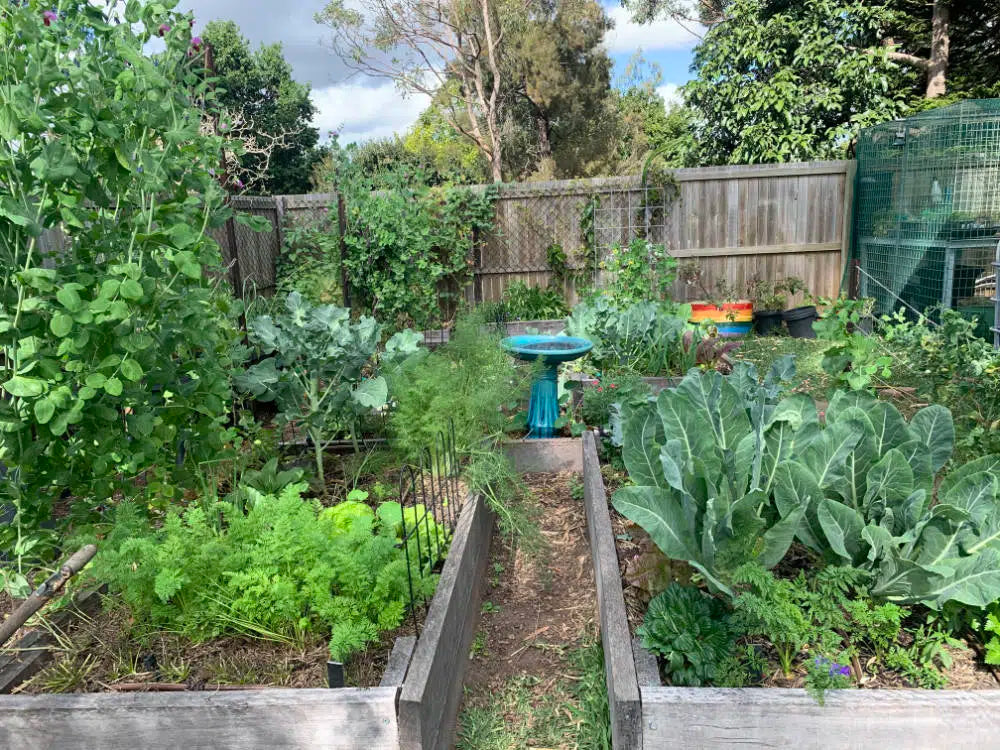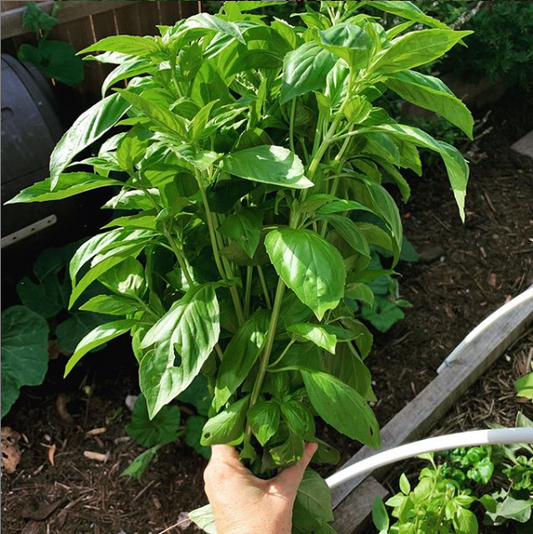In the last 3 months we've received an excessive amount of rain, and with that our tomato season has suffered as a bit of a consequence.
In February we received around 1300mm of rain. We had just planted our tomatoes and they seemed to do OK all things considering. Fast forward to May, we received another 400mm of rain. This time the tomato plants were far more established and we're close to starting to ripen. After inspecting the damage I found a few issues from the excessive rain which you can watch in the video below.
If your tomato plant is wilting after too much rain
If a tomato plant is wilting and it's not because of lack of water you have a problem. We find two main reasons for tomatoes wilting particularly after excessive amounts of rain. Firstly it could be a bacterial wilt which has arisen from the excess moisture, bugs or plant damage. The second is an outbreak of root knot nematodes that thrive in anaerobic soil conditions which typically can happen if the soil becomes too wet.
There are other types of fungal wilts which affect tomatoes and that is, Fusarium and Verticillium. Both of these wilts will start with the foliage wilting from the bottom moving to the top, as opposed to the bacterial wilt which will start from the top and move down, essentially the bacteria blocks the plants access to water.
Sometimes a plant may look like it has recovered in the evening as the temperatures cool, only to go all droopy the next day. In any case, a wilting tomato plant will not recover so it is best to pull the thing out before the issues spread further.
You can tell if you have a bacterial infection in your plant by cutting the stem about 2cm above the soil level, if there is a brown ring in the stem this is a good indication of a bacterial infection (if you pop it in water and it oozes white fluid that will also confirm it).
If once you've removed the roots of the plant and it is covered in little bobbles or knots, then this is a root knot nematode issue.
Bacterial wilt is a lot harder to deal with moving forward as it can stay in the soil for some time with or without a host, it can also survive in water. The best thing to do is to remove the entire plant (roots and all) and dispose of it (don't compost). We then work on getting our soil back into shape. We apply actively aerated compost tea to help get our good bacteria back into balance and gently fork the area to get more airflow back into the soil. We will then avoid tomatoes in that area for a couple of years just to be on the safe side.
Spots on your tomato plants after rain
One of the main reasons we don't grow tomatoes over summer is due to the fact that we get too much rain and it causes a lot of fungal issues. Often with humidity we will get either one of two types of 'spotty' fungal diseases that spread in these optimal conditions.
The main one (as seen in the video above) is septoria leaf spot, it's usually indicated by a lot of tiny dots on the foliage starting from lower leaves and moving upward. These we trim back, and discard. If you wanted to fully control the outbreak you could use a fungicide spray if you are desperate, but we avoid using sprays here so have never done that personally.
The second that might pop up is early blight or target spot, usually it is a bigger spot which kind of resembles a target as the spot has distinct rings with outer edges of the spots being yellow. In very bad outbreaks they can also affect the fruit. If only lower leaves are affected we will trim and dispose of those, but if it has infections above where the fruit is set we often remove the entire plant. Again fungicide sprays may assist with the control of this outbreak.
What to do when you've had a bad tomato season
Try again! We'll plant more seeds and go again with our growing. You never know what the next season will bring.
And don't waste those green tomatoes, there are many recipes out there that can help you make the most of that harvest.








1 comment
Great information